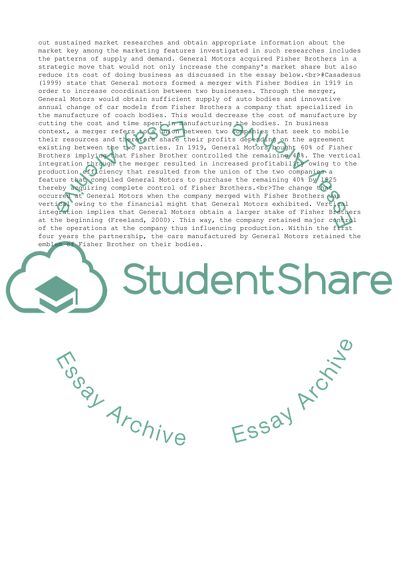Cite this document
(“Strategy & Leadership Essay Example | Topics and Well Written Essays - 1500 words”, n.d.)
Strategy & Leadership Essay Example | Topics and Well Written Essays - 1500 words. Retrieved from https://studentshare.org/management/1628516-strategy-leadership
Strategy & Leadership Essay Example | Topics and Well Written Essays - 1500 words. Retrieved from https://studentshare.org/management/1628516-strategy-leadership
(Strategy & Leadership Essay Example | Topics and Well Written Essays - 1500 Words)
Strategy & Leadership Essay Example | Topics and Well Written Essays - 1500 Words. https://studentshare.org/management/1628516-strategy-leadership.
Strategy & Leadership Essay Example | Topics and Well Written Essays - 1500 Words. https://studentshare.org/management/1628516-strategy-leadership.
“Strategy & Leadership Essay Example | Topics and Well Written Essays - 1500 Words”, n.d. https://studentshare.org/management/1628516-strategy-leadership.


